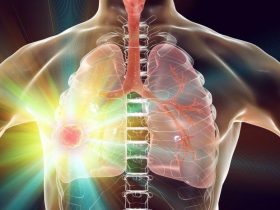Objectives: Symptoms associated with lung cancer and thoracic surgery might increase fall risk. We aimed to investigate: 1) balance, gait and functional status in people post-thoracic surgery compared to healthy controls; 2) perceptions of balance, gait and functional status.
Methods: Recruitment targeted older adults (≥50 years) who had undergone thoracic surgery for a diagnosis of lung cancer in the previous 3 months, and healthy age-matched controls. Dynamic and static balance, gait velocity, knee-extension strength and physical activity levels were assessed using the BESTest, Kistler force plate, GAITRite system, Biodex System 3 and CHAMPS questionnaire, respectively. Two-part semi-structured interviews were conducted post-surgery.
Results: Individuals post-surgery (n = 15) had worse dynamic balance and gait, and lower levels of moderate/vigorous physical activity (MVPA) (all p<0.05) versus healthy controls (n = 15). Strength did not differ between groups (p > 0.05). No associations between BESTest and strength or physical activity existed post-surgery (p > 0.05). Three themes were identified: 1) Symptoms affect daily activities; 2) Functional assessments alter perceptions of balance ability and 3) Open to supervised rehabilitation.
Conclusion: Balance, gait and MVPA are impaired post-thoracic surgery, yet balance was not viewed to be important in enabling activities of daily living. However, supervised rehabilitation was considered acceptable.








Leave a Reply